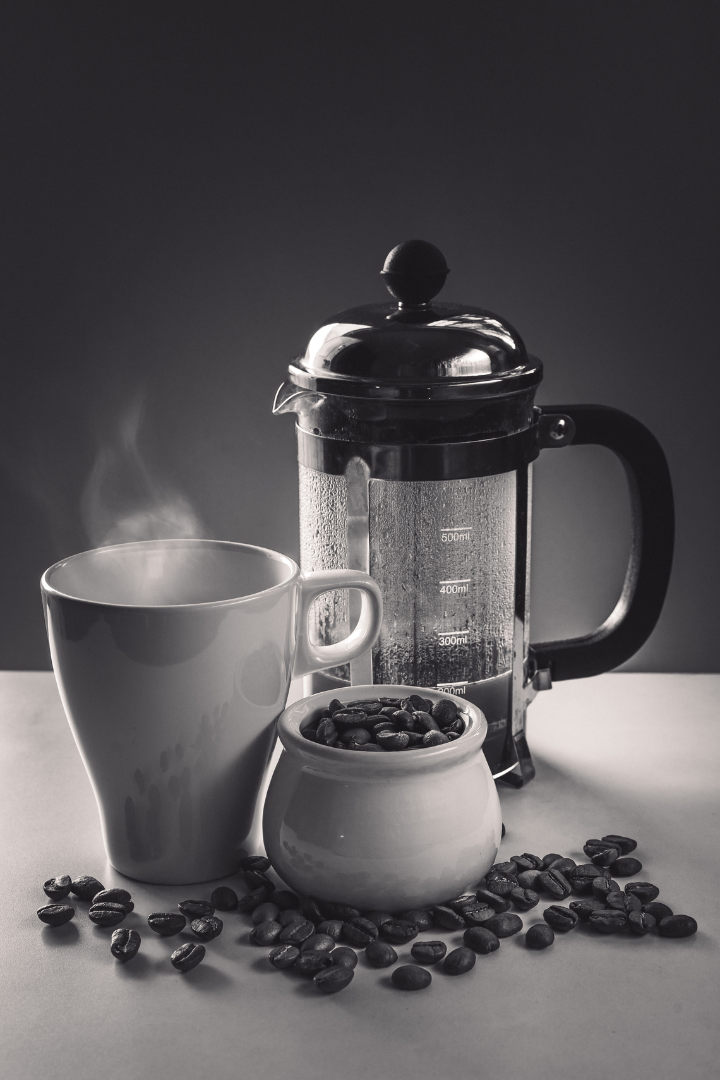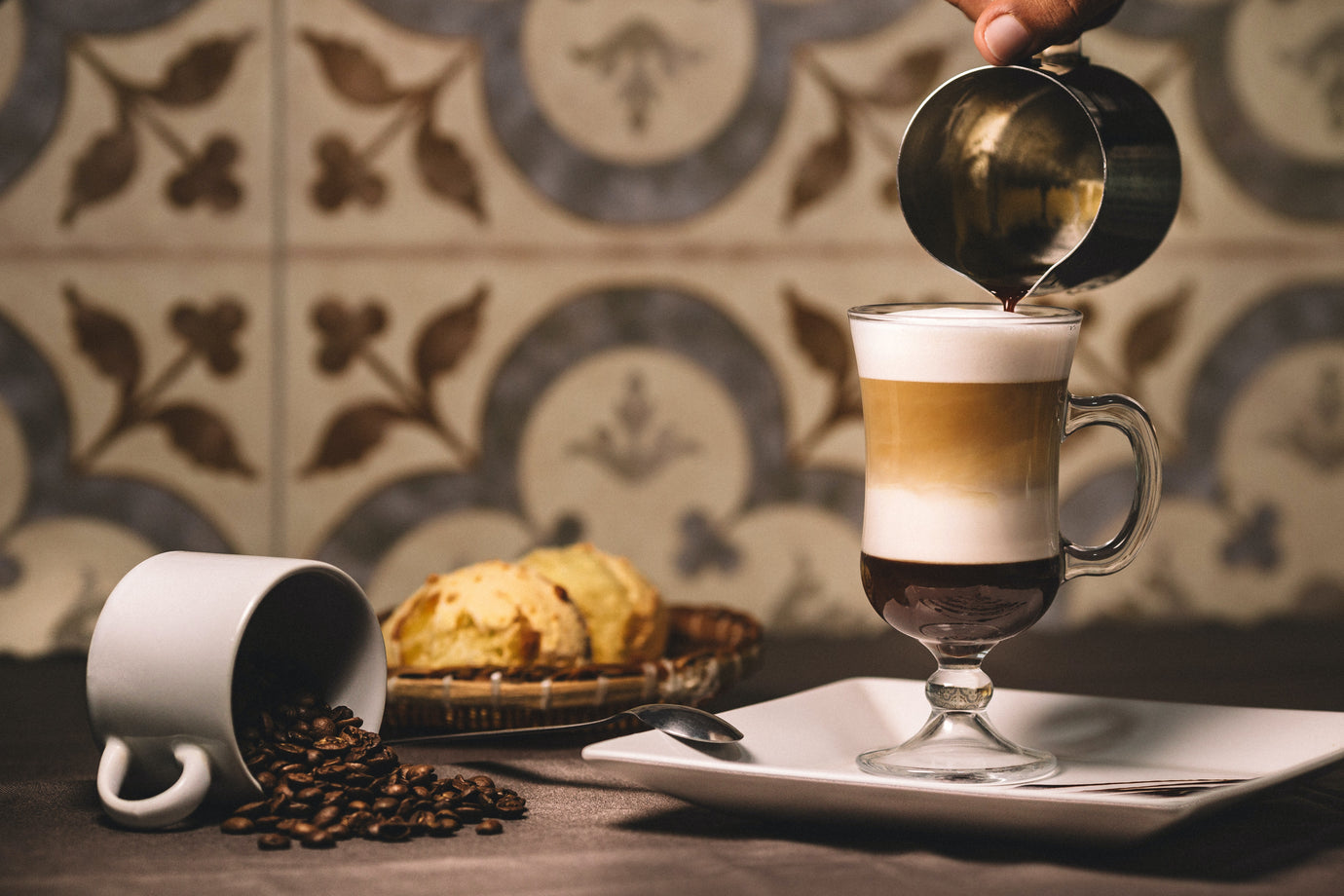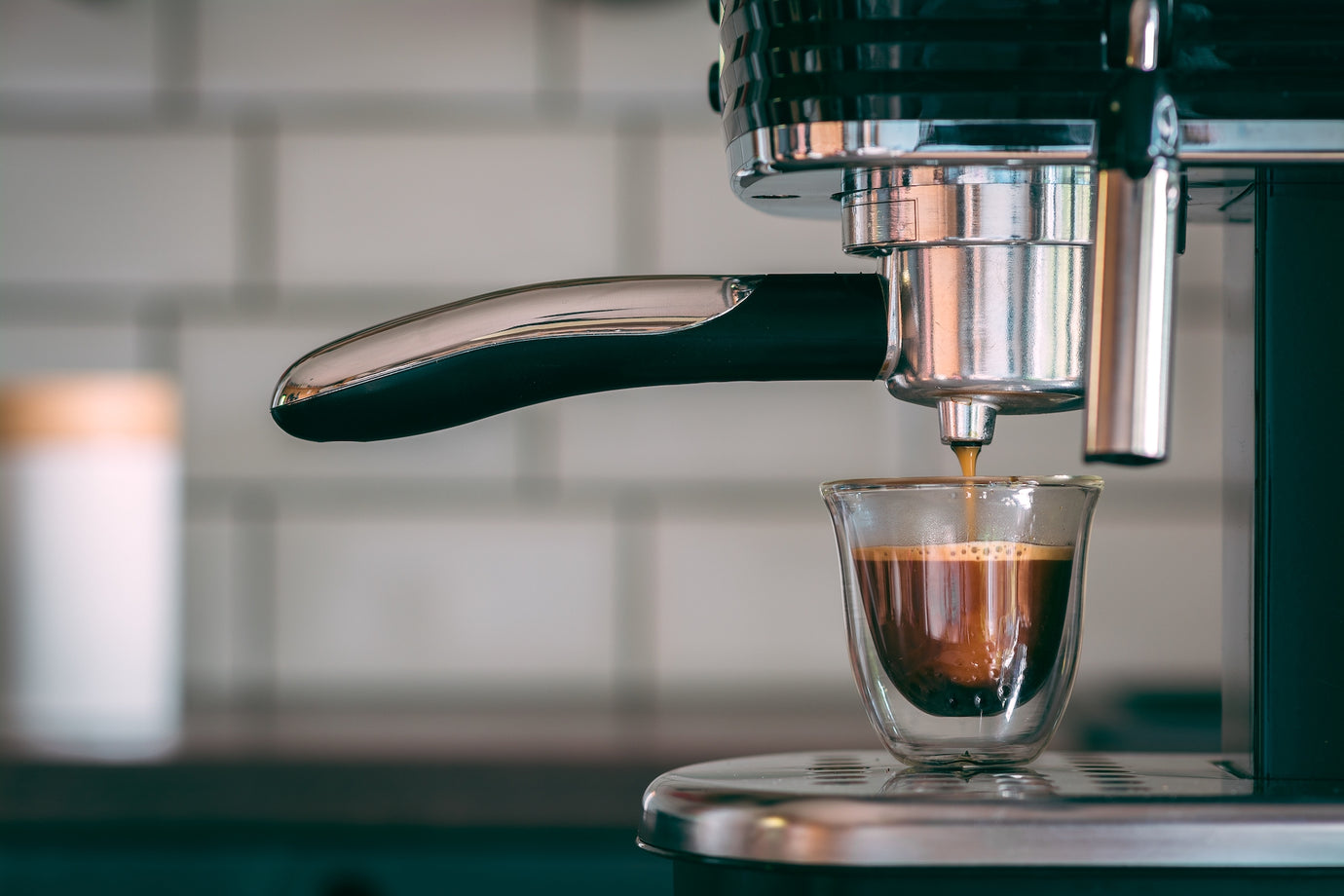WHY THE FRENCH PRESS IS THE MOST CONVENIENT BREW METHOD

WHY THE FRENCH PRESS IS THE MOST CONVENIENT BREW METHOD
Convenience is highly sought after and often times the decision maker when weighing options. However, convenience alone shouldn’t be the decision maker. Although we can agree that McDonald’s provide food that is convenient, its not the better option over… let's say a Ruth’s Cris burger. In the realm of coffee and home brewing, Keurig and Nespresso have dominated the marketplace. Coffee is not different than food, in the sense that you get what you wait for as well as pay for.
Too many people sacrifice a quality cup of coffee which leads to an excellent experience for subpar coffee due to convenience. I have a solution that gives you quality and provides the most convenient way to make specialty coffee at home. Here we go.
In the realm of coffee brewing, the French press stands as an iconic and beloved method cherished by coffee enthusiasts around the world. Also known as a press pot, plunger pot, or simply a "cafetière," the French press is admired for its simplicity, robust flavor, and ability to preserve the natural oils and aromas of coffee beans.
Using a French Press for brewing coffee at home is an excellent way to get the most out of your coffee, while not having to be hands such as with pour overs. The French Press allows you to grind, add water, wait and then enjoy your coffee (There are a few small steps in between but don’t worry). Due to the recommended grind size and the immersion extraction process the French Press uses, your cup of coffee is rich, bold, flavor and a heavier mouthfeel than drip coffee.
If you really want to see what your coffee of choice really has to offer, no matter the roast, try it via a French Press. If you’ve never brewed said coffee as a French Press, be sure to stay vigilant for new emerging flavors that you may have not experienced brewing other methods. The resulting cup, is far superior to any K-cup or Nespresso pod you can buy! Plus, the coffee you grind and brew will be 100x fresher than that pod coffee. Not to mention, you are doing the environment a favor.
So how is the French Press convenient? Well, you really have a few steps to do. The boiled water will do the rest for you. Again, unlike a pour over, you don’t have to meticulously pour water in concentric circles to ensure an even extraction. And unlike the Moka Pot, you don’t have to worry about a French Press boiling over on the stove if you’re not attentive. So here are the simple steps to brewing an awesome French Press:
-
Grind 30 grams of coffee. The grind size needs to be coarse and resemble sea salt.
-
Place your French Press on a food scale, zero it out and add your coffee and zero out the scale again.
-
Boil water to between 194 degrees Fahrenheit to 204 degrees Fahrenheit. (Dependent upon the type of coffee such as type, roast level, etc.)
-
Pour 360 grams of water into your French Press. Ensure that all the grounds are wet and stir slightly with a spoon.
-
Place the lid on the French Press with the plunger pulled up.
-
Wait 4 minutes. Best to set the timer on your phone or watch.
-
After 4 minutes, plunge the French Press and pour a cup of the awesome coffee you just made.
To make this more convenient, especially for the weekday mornings, grind your coffee in advance and place in an airtight container. This will remove a step and leave you with simply weighing your coffee. You could take it a step further and store your ground coffee in batches of 30grams. Small prep work that yields BIG REWARDS in the taste and quality department.
If you’re willing to invest into your coffee brewing lifestyle, I recommend purchasing an electric gooseneck kettle with temperature control. The brand Fellow makes an amazing variant of these. Check it out here. This will give you precise temperatures as well as allow you to not worry about boiling water on the stove.
Once you add your boiled water to the French Press with your coffee, you can spend 4 minutes doing whatever else you need to. If this is a workday scenario, you could begin or continue to get dressed or ready for the gym or work. Once your timer goes off, you know ifs time to pour coffee and enjoy.
If you love a flavorful coffee and appreciate quality, you should try brewing with a French Press at home. Taking only a few minutes of your time to prep and begin the brewing process, the French Press brews coffee in a “hands off way” that creates convenience for you.
A BREIF HISTORY OF THE FRENCH PRESS
Origins in France
The roots of the French press can be traced back to France in the mid-1800s. It was during this era that various inventors and innovators sought to find a convenient and efficient way to brew coffee without the need for elaborate machines or complex processes. The earliest design that resembles the modern French press is attributed to two Frenchmen: Mayer and Delforge. In 1852, they patented a device known as a "press filter" or "filter piston," which incorporated a plunger and a metal mesh screen. While the design was promising, it was not as refined as today's French presses, and it did not gain widespread popularity at the time.
The Rise of the Coffee Press
The French press remained relatively unknown for several decades, but its path to fame began in the early 20th century. In 1929, a Milanese designer named Attilio Calimani patented an improved version of the French press, which he called the "Cafetière à Piston." Calimani's design featured a cylindrical glass or metal container with a plunger equipped with a metal mesh filter. This innovation allowed for better extraction and a smoother, more sediment-free brew.
Around the same time, a Danish company called Bodum was founded by Peter Bodum in 1944. Bodum would later become synonymous with the modern French press. In the 1970s, Bodum introduced its iconic Chambord French press, featuring a sleek and elegant design that combined glass and stainless steel. The Chambord was an instant success and helped propel the French press into the mainstream, capturing the hearts of coffee enthusiasts and novices alike.
Global Popularity and Variations
With the rise of specialty coffee culture in the late 20th and early 21st centuries, the French press gained even more traction across the globe. Coffee enthusiasts appreciated the device's ability to bring out the full flavor profile of their favorite beans, and its simplicity made it an attractive option for home brewing.
As the French press became popular worldwide, numerous variations and adaptations emerged. Today, you can find French presses in various sizes, materials, and designs. Some manufacturers even offer insulated French presses to keep the coffee hot for an extended period.
Controversies and Criticisms
While the French press has many loyal followers, it has not been without its share of controversies and criticisms. One major concern raised by some coffee experts is the lack of a paper filter in the brewing process. Unlike other brewing methods, the French press relies solely on a metal mesh filter, which allows coffee oils and fine coffee particles to pass through into the final cup. As a result, the coffee can be thicker and contain more sediment, which some find undesirable.
In recent years, the French press has faced stiff competition from other coffee brewing methods, such as pour-over, AeroPress, and espresso machines for home use. Each method brings its unique set of advantages, and coffee enthusiasts often experiment with different techniques to find their preferred taste profile.
Nonetheless, the French press remains a beloved and prominent brewing method. Its simplicity, accessibility, and ability to produce a rich, full-bodied cup of coffee continue to attract both new and seasoned coffee lovers. In response to concerns about sediment some manufacturers have developed fine mesh filters and eco-friendly paper filters that fit into French press pots, providing an optional solution for those seeking a cleaner brew.
The history of the French press is a tale of innovation, persistence, and adaptability. From its humble origins in 19th-century France to its global popularity in the 21st century, the French press has stood the test of time as a classic and beloved coffee brewing method. Despite facing criticisms and evolving consumer preferences, the French press has maintained its charm and allure, winning the hearts of coffee aficionados worldwide.
Whether you prefer your coffee bold and rich or clean and bright, the French press continues to offer a delightful and customizable brewing experience. As long as there are coffee lovers seeking a more hands-on and intimate coffee ritual, the French press will likely remain an enduring favorite in the world of coffee brewing.



